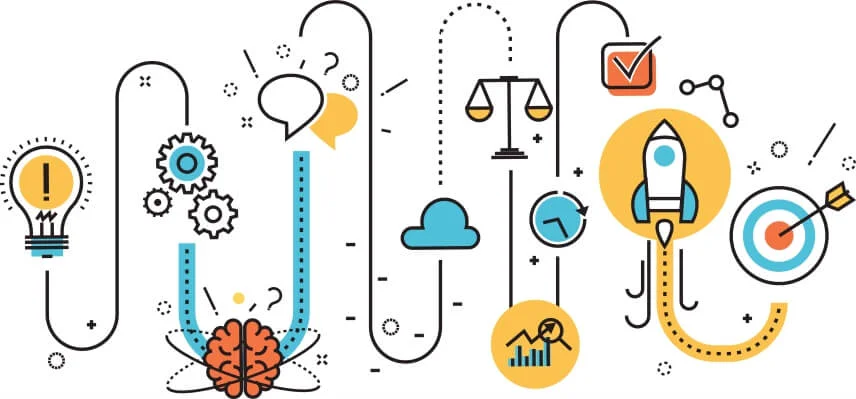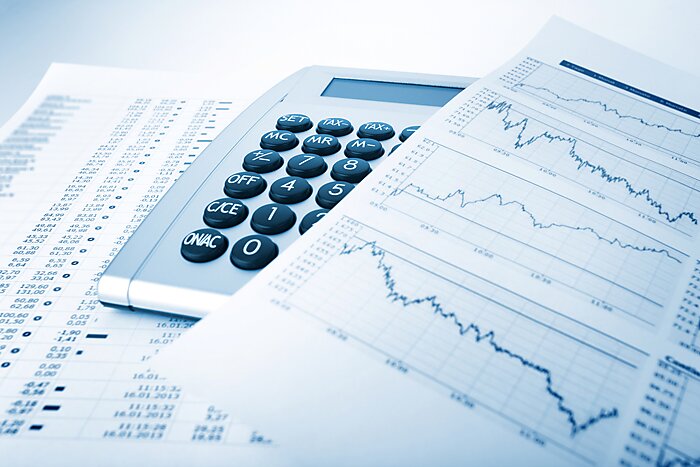The concept of product is the notion that a company must create products that meet the requirements and demands of its clients. To cut expenses and increase profits, companies must concentrate on creating products as effectively and cost-effectively as they can. The production plan might not be able to take into consideration the requirements and desires of the customers, whereas the concept of a product may not consider the costs and effectiveness. Find out the main distinctions between production and product concepts in this article.
The difference between Production and Product Concept
| Concept | Product Concept | Production Concept |
| Definition | Be sure to focus on a product’s characteristics and advantages. | Offering a product or an service cost-effectively and efficiently. |
| Philosophy | If a product has attractive features and benefits buyers are more likely to spend more. | It is crucial for consumers to select the product that is cost-effective and is produced with efficiency. |
| Approach | Fulfilling customers’ requirements and demands with new and creative products. | Increase efficiency and reduce cost by enhancing existing production and manufacturing processes. |
| Risk | The development of new products can be expensive and might not be a success. | Additionally, they are lower in cost and more likely achieve success by upgrading existing processes and products can be risk-free. |
| Example | With devices like such as the iPhone as well as the iPad, Apple introduces new and exciting products. | In line with Toyota’s manufacturing philosophy they continuously upgrade their manufacturing processes to cut costs and improve efficiency. This leads to the creation of “Toyota Production System” or “Lean Manufacturing.” |
Key Difference Between Product And Production Concept
To create and market products and services two distinct approaches are needed. Products that are of high-quality performance, efficiency, or new attributes are much more likely be chosen by customers. A product-centric approach is focused on constantly improving the product so it is able to meet the needs and desires of the consumers. Customers will choose low-cost and easily accessible products, based on the concept of production. To ensure that the product is affordable to consumers, this method is based on the mass production process and its efficiency. The concept of the product is based on quality, whereas the production model is focused on the availability and affordability.
What is Product Concept?
The concept behind the product is a concept for a brand new product or an enhancement to already existing products. Along with its attributes and benefits, its target market and the possibility of success in the marketplace, it’s the first glimpse of what the final product will be. Written proposals or mock-up of the product is typically delivered in either the form of a visual or written format. To help invest resources in the creation of an item, a idea is utilized to evaluate its viability and eventual success.
Advantages of Product Concept
A benefit of a product idea is that it enables a business to evaluate and refine the idea prior to investing substantial resources into the development of and production. This way you are able to lower the chance of investing in a product that might not be a success. Additionally, a concept for a product could be utilized to assess consumer preferences and interest that can aid in determining the final appearance and functions. While developing the product it is also used to pinpoint the potential problems or issues. Along with creating excitement and buzz with potential investors and clients as well as helping the product to succeed after it’s released.
Disadvantages of Product Concept
There are a variety of possible disadvantages that can be attributed to the idea. Here are the most prominent of them:
- Materials, research and development and marketing expenses could be increased when you meet customer requirements and demands.
- A market with a specific appeal: Concentrating on a single segment of the market could result in missing sales opportunities in other markets.
- The needs and wants of the customer can be difficult to grasp making forecasting the demand challenging.
- Inattention to production efficiency could result in more expensive costs, longer time frames and less quality products if a business does not consider the effectiveness of its production.
- The company might not be in a position to develop new and innovative products that attract a wider audience by focusing on customer desires and needs.
They could be disadvantages however, not every business is likely to face these issues. It is also important to be aware that production and product concepts aren’t mutually exclusive and many companies are trying to strike the right equilibrium between these two.
What is the Production Concept?
To make the products cheaper for consumers, the concept of production is based on the mass production process and its efficiency. Customers will want readily available and reasonably priced products, based on this model. Production methods generally require massive equipment and facilities and efficient methods as well as economies of scale in order to lower costs. To be able to reach an audience of mass appeal, companies offer a range of goods in large quantities, at very low costs. Manufacturers of consumer goods like electronic manufacturers and producers of household goods generally follow this model. Many of their clients are served by these firms that manufacture goods on a massive amount at a lower cost.
Advantages of Production Concept
The advantages of this production model are:
- Efficiency and economies of scale can result in lower costs and greater profits if the production strategy is centered on efficiency.
- The concept of production is designed for mass production since it permits large quantities of products to be manufactured at a lower price per unit.
- As a result of a production model it is possible to standardize products and this can ease the process of making and distributing products.
- The efficiency and effectiveness of production can be increased by specializedization of equipment and labor under the concept of production.
- The production model can inspire innovation in technologies and processes, by making sure that efficiency and cost-effectiveness are the primary goals.
- Increased productivity is the result of better use of resources as well as a reduction in waste.
- Quality is improved Manufacturers have a higher probability to exceed or meet customers’ expectations by using the concept of production.
Disadvantages of Production Concept
Production strategies have the disadvantage of prioritizing efficiency and cost-cutting without sacrificing quality or creativity. Consumers might not be pleased with products that don’t match their requirements and preferences and result in lower sales and less customer satisfaction. In addition, this idea could lead to an inattention to the social and environmental impacts on production. This could impact a company’s reputation and its long-term viability. In addition, it could result in a lack flexibility and adaptability when reacting to market trends and resulting in a lack of ability to profit from emerging trends. Furthermore, the production methods could lead to overproduction, resulting in environmental damages and waste.
What are the differences between Product Concepts as well as Concepts of Production Concepts differ?
The provision of goods or services for customers is the aim of both the production and product concepts. An item that entices consumers must be able to understand what they desire and require. In addition, both concepts help to make the most of resources, like labor and materials. The main difference between these both concepts is each aim to satisfy customers.
The concept of product is designed to please the customer by offering items that satisfy their requirements and requirements, while the production idea is aimed at satisfying customers by offering products that are affordable and easily accessible. Both concepts produce products that consumers are looking for and require, and are also cost-effective. These two concepts don’t have to be incompatible for many businesses therefore they try to find the ideal balance between both. Businesses can design products that are efficient and cost-effective and also adapted to the customer’s needs and desires.
We hope that you find this article helpful and informative and don’t be afraid to reach us with any queries. Download our Testbook App for free to begin preparing for any competitive exam. The app includes Test Series, Mock tests and PDFs, previous year’s questions and more.




